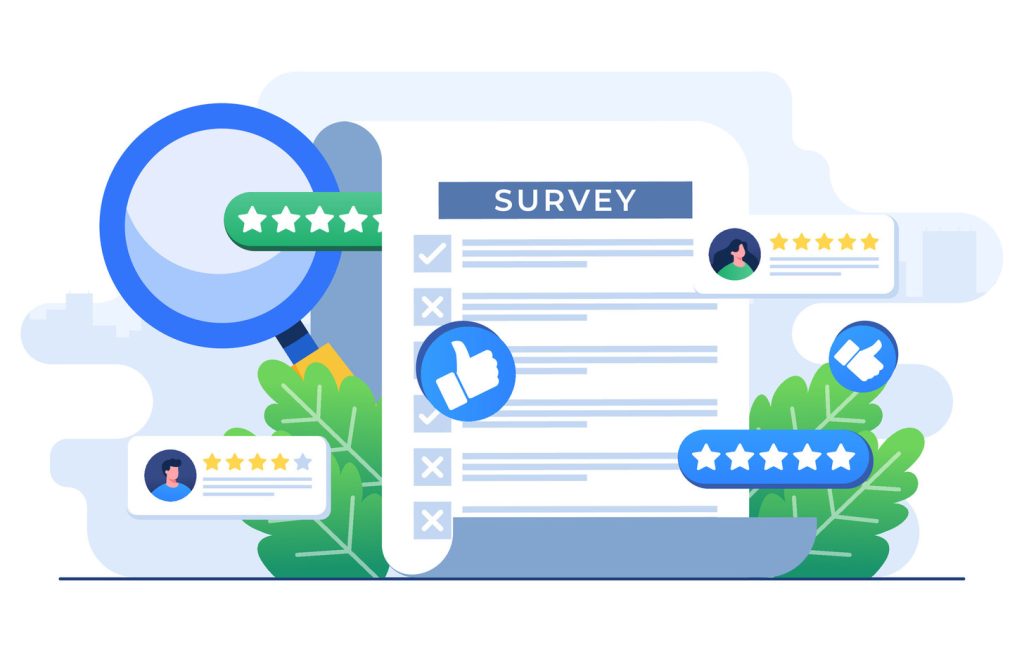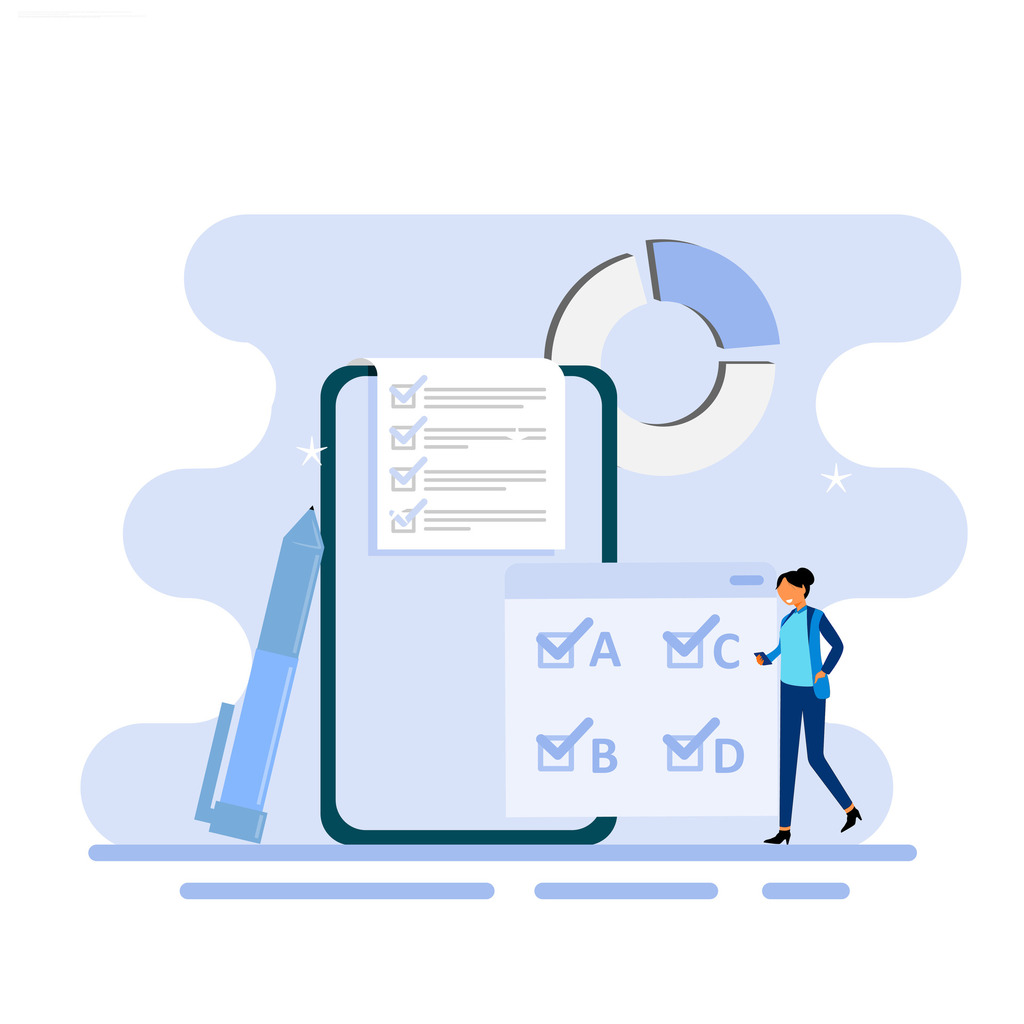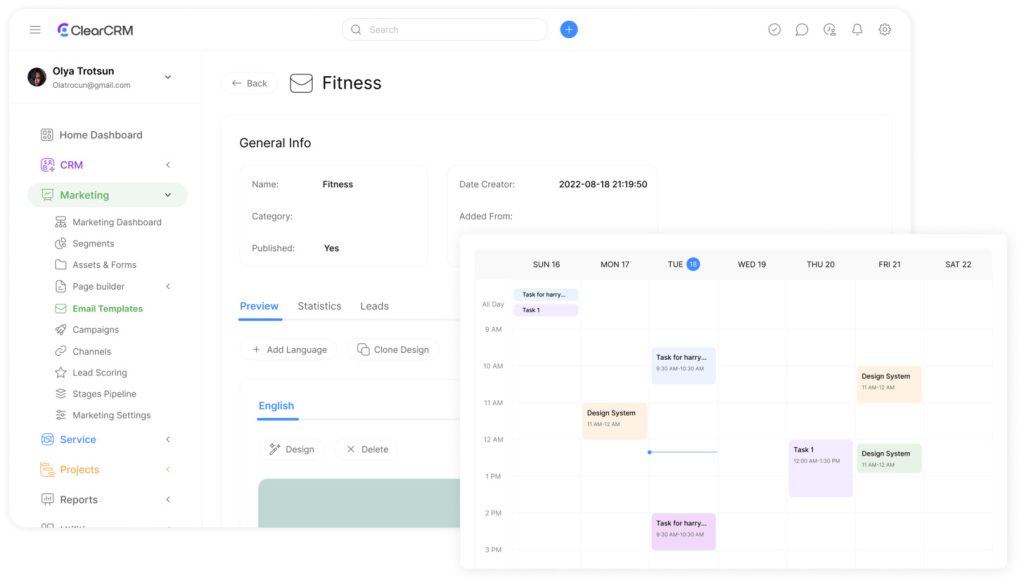Survey Templates: Expert Solutions for Effective Feedback

Collecting meaningful customer feedback is easier with survey templates, no need to start from scratch. Leading platforms now provide pre-built frameworks that simplify data gathering while maintaining rigorous standards. Companies like Qualtrics and LimeSurvey offer hundreds of specialized options, with formats tested across 18,000+ global brands.
These ready-to-use tools eliminate weeks of development time. Qualtrics delivers 50+ researcher-vetted formats free to users, while LimeSurvey leverages community-driven designs trusted worldwide. Both platforms integrate real-time analytics, letting teams track responses and spot trends as data flows in.
Professionals gain three critical advantages: standardized measurement for accurate comparisons, adaptable structures that preserve core effectiveness, and built-in best practices to boost response rates. Decision-makers can deploy proven formats across departments—from measuring client satisfaction to evaluating internal processes—without compromising data quality.
Modern systems transform raw feedback into visual dashboards within minutes. This immediate access to organized insights helps organizations act faster, whether refining service strategies or addressing emerging operational gaps. The result? Consistent, reliable information that drives smarter business moves.
Key Takeaways
- Pre-built frameworks reduce setup time by 70% compared to custom designs
- Expert-vetted structures improve response rates through proven methodologies
- Integrated analytics turn feedback into visual reports within minutes
- Customizable formats maintain core effectiveness while meeting specific needs
- Cross-department consistency enables accurate performance comparisons
Unlocking the Potential of Custom Survey Templates
Tailored feedback mechanisms are reshaping how businesses gather critical data. Specialist teams combine research expertise with user experience principles to create frameworks that balance structure with flexibility. These tools adapt to diverse needs while maintaining scientific rigor.
What Makes a Great Survey Template?
Notably, high-performing formats use three core elements: logical flow patterns, validated question types, and adaptive design. According to research, a 2023 UX study found structured layouts improve completion rates by 41% compared to random question placement. Importantly, “the best designs guide respondents through a natural conversational path,” notes a leading research analyst.
| Feature | Custom Templates | Ready-Made Designs |
|---|---|---|
| Development Time | 2-3 weeks | Instant deployment |
| Question Quality | Brand-specific | Industry-validated |
| Mobile Optimization | Requires testing | Built-in responsiveness |
Advantages of Ready-Made Designs
Pre-built frameworks eliminate seven common design errors identified in enterprise feedback systems. They include:
- Automatic skip logic for irrelevant questions
- ADA-compliant formatting
- Real-time data validation
Companies can modify colors and logos while preserving core effectiveness. This hybrid approach cuts setup costs by 68% according to recent case studies.
Expertly Designed Survey Templates for Effective Feedback

Today, modern organizations need adaptable tools that deliver precise data without compromising brand identity. To address this need, leading platforms now offer frameworks balancing customization with research-backed structures, thereby ensuring relevance across industries from healthcare to retail.
Personalization and Customization Options
Moreover, advanced editing capabilities let teams modify layouts while preserving core effectiveness. Meanwhile, dynamic logic automatically adjusts question paths based on respondent roles or previous answers. As a result, “custom branding paired with validated question sets creates trust while gathering critical metrics,” explains a Forrester research director.
| Feature | Basic Customization | Advanced Customization |
|---|---|---|
| Question Types | Pre-set options | Hybrid formats |
| Branding Options | Logo/color changes | White-label dashboards |
| Logic Paths | 3 conditional rules | Unlimited branches |
Industry-Proven Best Practices
Pre-built frameworks integrate metrics like Net Promoter Score® with compliance-ready formatting. Built-in quality checks flag inconsistent responses, while standardized scales enable cross-industry benchmarking. These features reduce data errors by 58% in enterprise case studies.
For example, real-time dashboards track completion rates and sentiment trends, allowing teams to act on emerging issues quickly. In addition, sector-specific frameworks include healthcare HIPAA disclaimers and retail inventory terminology, therefore ensuring relevance without extra editing.
Enhancing Business Engagement with Comprehensive Survey Templates

In essence, organizations achieve stronger stakeholder relationships through structured feedback systems aligned with strategic goals. As a result, these frameworks effectively bridge gaps between operational data and actionable improvements across departments.
Driving Customer Satisfaction and Loyalty
High-performing businesses use standardized tools to map every interaction point in the client journey. Retail leaders report 34% faster issue resolution using automated sentiment tracking. “Loyalty measurement requires consistent metrics across all channels,” states a Gartner customer experience report.
- Real-time feedback loops identify service bottlenecks within hours
- Integrated Net Promoter Score® systems predict retention rates with 89% accuracy
- Multi-language support ensures inclusive data collection
Boosting Employee Engagement and Productivity
Workforce insights tools uncover hidden productivity drivers. A 2024 HR study showed companies using structured engagement frameworks reduced turnover by 27%. Key focus areas include:
- Leadership effectiveness ratings
- Career development accessibility
- Cross-team collaboration metrics
Leveraging Data-Driven Feedback for Growth
Advanced systems transform raw input into strategic roadmaps. CRM integration automatically links customer insights to sales pipelines, creating closed-loop improvement cycles. Decision-makers gain:
- Automated trend alerts for emerging issues
- Benchmarking against industry standards
- ROI calculators for improvement initiatives
These approaches help companies allocate resources where they generate maximum impact while maintaining compliance with sector-specific regulations.
Diverse Applications Across Industries
Specialized feedback frameworks drive measurable outcomes across sectors. Organizations leverage adaptable structures to address unique operational needs while maintaining data integrity.
Market Research and Brand Awareness
Competitive analysis tools identify emerging trends through consumer behavior studies. Brand recognition metrics track awareness levels across demographics, helping refine marketing campaigns. “Strategic alignment between market insights and product development separates industry leaders from followers,” observes a Nielsen analyst.
Healthcare systems benefit from secure formats meeting HIPAA standards. Patient experience tools track treatment outcomes while protecting sensitive data. Educational institutions use academic assessment frameworks to:
- Measure student satisfaction with course content
- Evaluate faculty performance objectively
- Improve campus resource allocation
Tailored Solutions for Key Sectors
Event planners utilize real-time feedback systems to optimize attendee experiences. Post-conference reports analyze logistics effectiveness and content relevance. Retailers deploy customer journey mappers that:
- Identify service gaps at critical touchpoints
- Track brand perception shifts monthly
- Predict inventory needs through purchase intent data
Cross-industry formats maintain consistency for organizations managing multiple stakeholder groups. These multi-purpose tools adapt question sets while preserving core research methodologies.
Conclusion
Forward-thinking companies now recognize feedback frameworks as strategic assets rather than administrative tasks. Professionally designed survey templates provide essential infrastructure for transforming raw input into operational intelligence. Organizations can get started immediately with needs-based formats, whether optimizing customer service protocols or measuring employee engagement.
These systems deliver three critical advantages: standardized data collection for accurate benchmarking, adaptive structures that maintain core effectiveness, and instant access to sector-specific best practices. Cross-functional teams benefit from shared template libraries, ensuring consistent insights across marketing, HR, and product development initiatives.
The results speak for themselves. Companies using engineered feedback tools report 41% faster issue resolution and 27% higher retention rates. Strategic implementation creates self-improving cycles where customer satisfaction metrics directly inform service enhancements, while employee insights shape workplace optimization.
Investment in professional frameworks yields measurable returns through smarter resource allocation and stronger stakeholder relationships. As businesses scale, these adaptable solutions grow with them – from small-team pilots to enterprise-wide systems serving thousands. The competitive edge lies not just in gathering feedback, but in systematically converting it into action.

